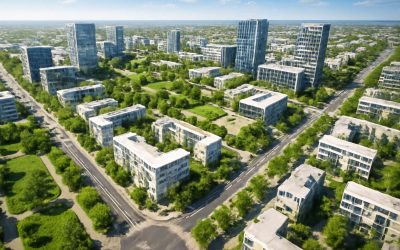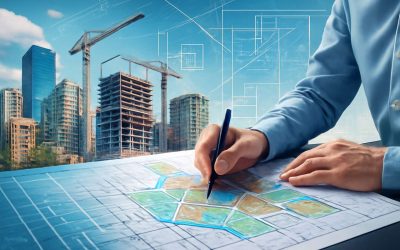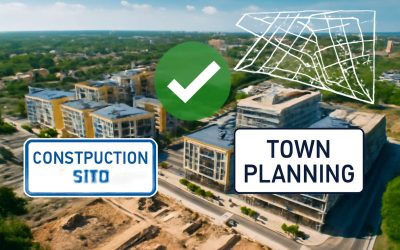
City planning is the process of creating a framework for growth, development and change within a city or town. This includes establishing rules and regulations to guide future decisions regarding land use, environmental impact and community issues. It also provides a way to protect existing neighborhoods and historic sites from undesirable changes. City planners need a combination of hard and soft skills to succeed in this field.
Many of the most important aspects of city planning revolve around public safety, economic development and livability conditions. Planners look at how a city can be expanded without overtaxing the resources it already has or sacrificing its quality of life. They create rules and regulations to ensure that future projects meet the city’s needs without causing disruptions to current residents.
This involves establishing zones, which determine the types of buildings and activities that can take place in each area. It also involves establishing policies for the protection and maintenance of natural resources, such as water, land, air, wildlife habitats and recreational areas. City planners also consider the social, cultural and environmental impacts of each plan they develop.
Some of the more challenging aspects of city planning involve addressing public opposition to specific plans. This is especially true if the plans are seen as costly, not fair or equitable or could negatively affect people’s safety and well-being. City planners need to be able to explain their proposals and the reasoning behind them to planning boards, interest groups and members of the general public in a clear, understandable manner. They may also need to provide alternative solutions if an initial plan is not feasible.
The final aspect of city planning is ensuring that the community has all the services it needs to function smoothly, including education, health care and transportation infrastructure. City planners need to establish policies to encourage businesses and jobs in the area while also protecting existing small businesses and preventing too much competition from new companies.
In addition, urban planners need to be able to anticipate and respond to the changing needs of the city. This requires them to be able to think five, twenty and even fifty years down the road. This includes predicting how new technologies will affect the way cities are designed in the future, such as renewable energy sources and vehicle fuel efficiency.
Finally, city planners must be able to make their decisions and implement their plans effectively. This means communicating with other city employees and elected officials, collaborating with outside agencies, negotiating with stakeholders, and making budgetary projections. It also means ensuring that all projects follow the laws of the land and can be completed within a specified time frame. This often involves utilizing the city’s power of eminent domain, which is the authority to force private property owners to sell or redevelop their land for a public purpose. This can include building new roads and highways or tearing down old buildings to make room for new ones.



0 Comments